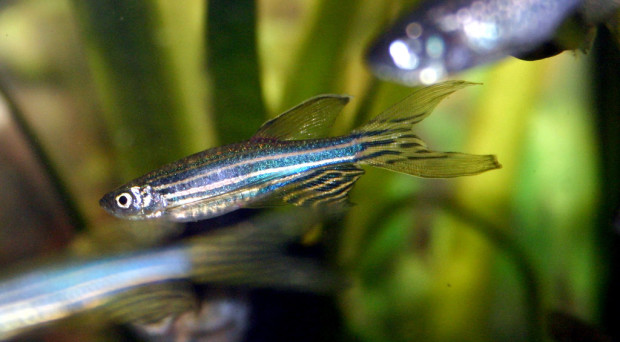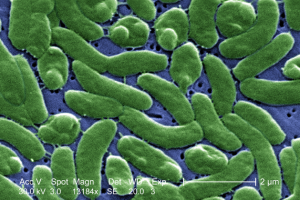
As a model organism, zebrafish have been receiving ever increasing attention from researchers working on the pathogenesis of human diseases and drug screening. What makes them stand out are the similarity of their genome with humans, the tractability of their genetics, the short breeding period, the low cost, and the convenience of maintenance.
As a model organism for vertebrates, zebrafish could be a modern mermaid by inspiring our scientific fantasy.
Prof Chiaho Shih, Academia Sinica, Taiwan
An insightful thematic series “Application of Zebrafish in Biomedical Research”, published in Journal of Biomedical Science and edited by Prof Chiaho Shih from Academia Sinica (Taiwan), focuses on the use of zebrafish for discovering novel development and pathogenesis pathways, and developing new therapies against diseases. Here, we highlight four research articles published in this series to show how zebrafish can serve as a model for studying vascular development, and more importantly as a powerful drug-screening platform for tumor formation, infectious diseases, and fatty liver diseases.
Tumor formation
Mutations in mitogen-activated protein kinase (MAPK) kinase 1 (MEK1) that occur during cell proliferation and tumor formation are well described. However, the roles of MEK2 in those processes are not elucidated. Chou et al. establish a constitutive MEK2 transgenic zebrafish, and find that MEK2 is sufficient to induce epidermal papilloma formation through MAPK signaling in zebrafish. More importantly, this transgenic line could potentially be useful for the zebrafish community and for the study of skin cancers.
Infectious diseases

Vibrio vulnificus is a gram-negative bacterium which causes infectious disease in humans and fish. Cheng et al. generated two transgenic zebrafish lines with strong liver-specific expression of n-3 polyunsaturated fatty acids (n-3 PUFAs), and find that these fish lines exhibit resistance to V. vulnificus infection, with enhanced survival and anti-inflammatory effects. Those transgenic lines may serve as an in vivo model for studying the effects of n-3 PUFAs on bacterial infection and inflammation-associated diseases.
Fatty liver diseases
A fascinating piece of original research by Zheng et al. published in this series establishes a non-alcoholic fatty liver disease (NAFLD) model in zebrafish larvae by an overfeeding regimen. The authors have demonstrated that caffeine has an anti-steatotic and hepatoprotective effect on fatty liver in zebrafish by: reduction of fatty acid uptake and lipogenesis; enhancement of lipid beta-oxidation; improvement of ER stress and attenuation of inflammation response. The authors propose caffeine as a potential drug for NAFLD treatment. In addition, a zebrafish model could be used to identify putative pharmacological targets in vivo and to test novel drugs for human NAFLD treatment.
Vascular development
Another interesting research article by Li et al. investigates the function of nr2f1b (a zebrafish orthologue of the mammalian orphan receptor chicken ovalbumin upstream promoter transcription factor II, CoupTFII) in zebrafish vascular development. Using the loss- and gain-of-function approaches, the authors show that nr2f1b plays a critical role in venous specification and angiogenic patterning, which are mediated by the Notch signaling pathway.
These are only a few examples of the growing interest in zebrafish by the research community in Asia-Pacific. We hope that these articles and future additions to this series will continue to fuel interest in the model organism zebrafish and illustrate its great potential for studying human development and diseases.
Karen Cheng
Latest posts by Karen Cheng (see all)
- Hepatitis research and therapy around the globe – Q+A with editors and reviewers - 28th July 2016
- A new era for Inflammation and Regeneration: an Editor Q+A - 25th April 2016
- Little Fish, Big Role - 19th November 2015
Comments